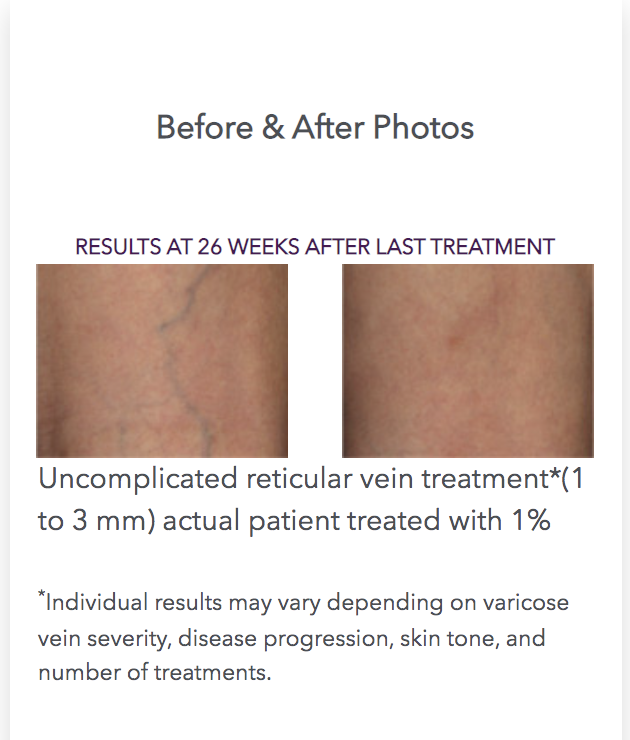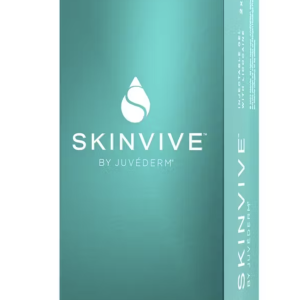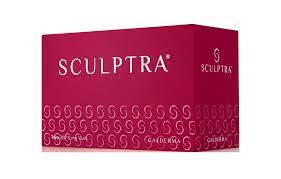Sclerotherapy
$400.00
Sclerotherapy (pronounced sklair-o-THAIR-uh-pee) is a medical procedure that has been used since the 1930s6 to treat varicose and spider veins. As the standard of care, it is considered one of the most effective treatments for removing unwanted leg veins.
The procedure involves injecting a solution directly into a vein, causing the treated vein to seal shut and fade from view over time. The treated blood vessel (vein) is then naturally resorbed by the body.
Asclera® is a solution used for sclerotherapy to treat two types of veins in the lower extremities (≤ 3 mm) and has anesthetic properties that may help to reduce procedure discomfort.
Additional Information
What is Sclerotherapy?
What are small varicose veins?
What causes spider veins?
- Heredity. If other family members had varicose veins, there’s a greater chance you will too.
- Age. The risk of varicose veins increases with age. Aging causes wear and tear on the valves in your veins that help regulate blood flow. Eventually, this causes the valves to allow some blood to flow back into your veins where it collects instead of flowing up to your heart.
- Gender. Women are more likely to develop the condition. Changes in hormones due to puberty, pregnancy, menopause, or taking birth control pills may increase a woman’s risk of developing varicose veins.
- Pregnancy. During pregnancy, the volume of blood in your body increases. This change supports the growing fetus but also can produce an unfortunate side effect—enlarged veins in your legs. Hormonal changes during pregnancy may also play a role. However, there is minimal benefit in treating uncomplicated spider veins and reticular veins in the lower extremity during pregnancy and lower extremity varicosities that develop during pregnancy as they may spontaneously regress postpartum.
- Extra weight or obesity. Carrying extra weight can put additional pressure on the veins. Prolonged standing or sitting may also hinder the healthy flow of blood. .
Other possible causes for varicose veins are ethnicity, posture, occupation, hormones such as estrogen and progesterone, primary valvular incompetence, and incompetent perforating veins.
What are spider veins?
A Tried and True Procedure
Sclerotherapy (pronounced sklair-o-THAIR-uh-pee) is a medical procedure that has been used since the 1930s6 to treat varicose and spider veins. As the standard of care, it is considered one of the most effective treatments for removing unwanted leg veins.
The procedure involves injecting a solution directly into a vein, causing the treated vein to seal shut and fade from view over time. The treated blood vessel (vein) is then naturally resorbed by the body.
Asclera® is a solution used for sclerotherapy to treat two types of veins in the lower extremities (≤ 3 mm) and has anesthetic properties that may help to reduce procedure discomfort.
Marketed as Aethoxysklerol in Europe for more than 50 years, Asclera® was FDA-approved in the US in 2010.





